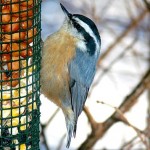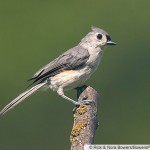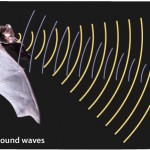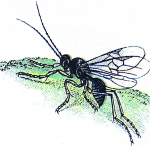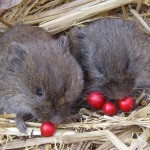This gallery contains 1 photo.
Types of Vocalizations- The Canada Goose is a waterfowl, and not a singing species of bird. However, the Canada Goose has an intricate system of vocal communication, and their repertoire includes 13 different calls for adults, although this is debated … Continue reading


